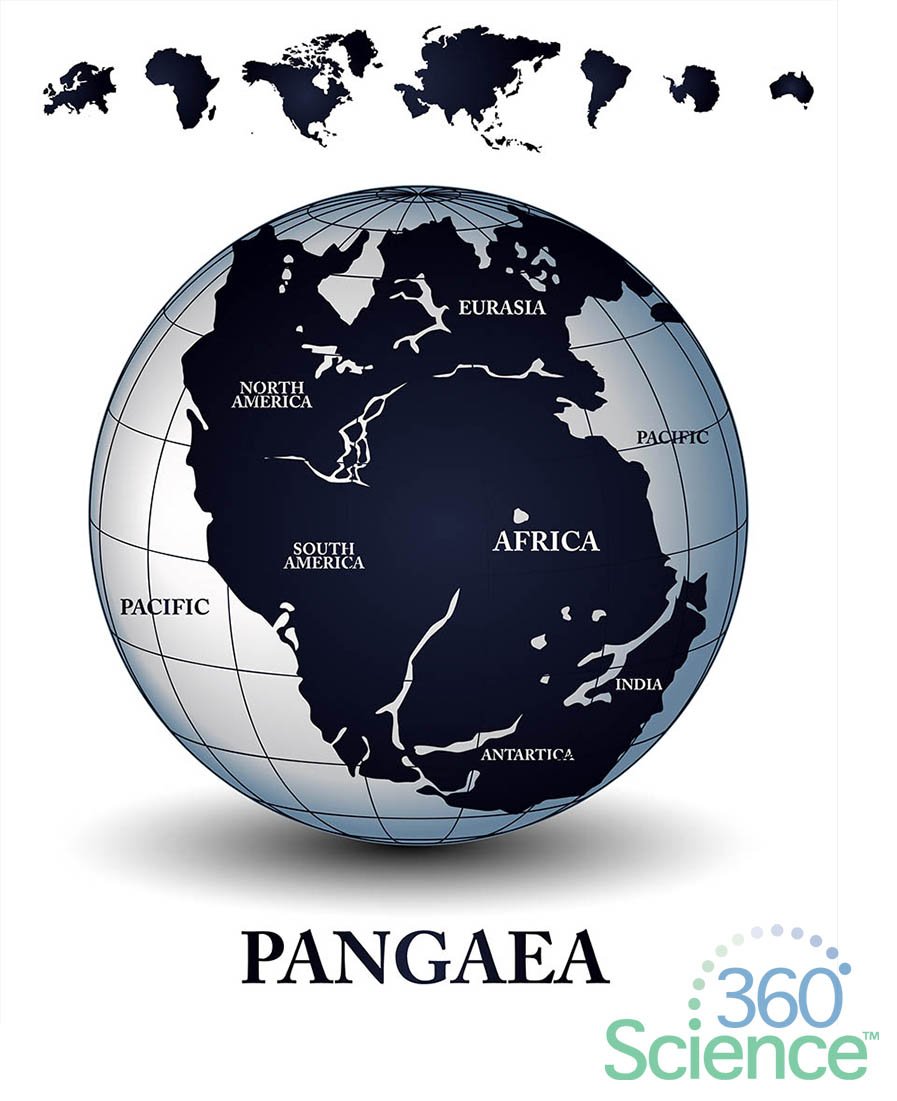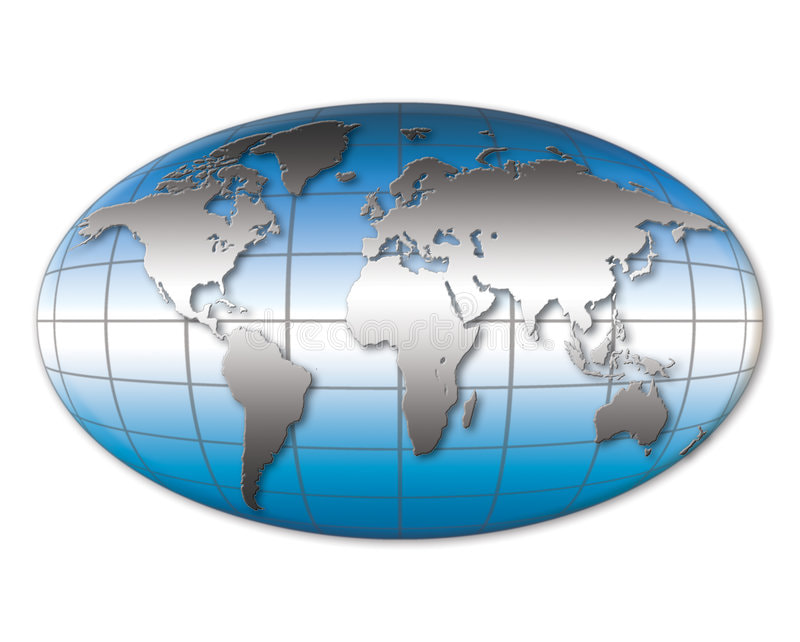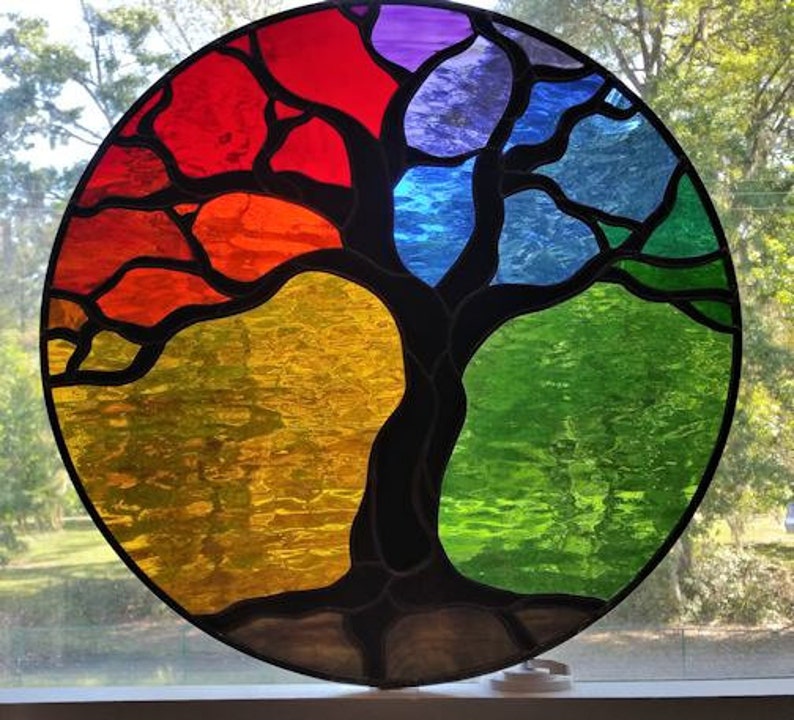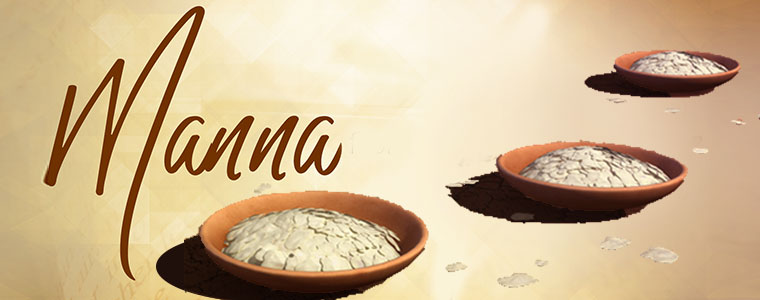Hi when you read the Creation Account in Genesis it says that the waters came together into one place and then once this happens dry land appeared, Genesis 1:9-10. This is still the general idea you really did not need volcanoes. The super continent called Pangaea was actually real and all land was together in one place. Europe was much larger in the past, but again it was broken up and spread out and caused islands some are big islands. You also notice that the waters are very deep in some areas, and you will also notice that the land suddenly dips very deeply once you go further out into sea. Hence this means that the waters are deeper, and this causes land to become dry as expressed in the Genesis Account. What passage in the Bible expresses that God set conditions for the shores of the sea?
Proverbs 8:29
Living Bible
27-29 “I was there when he established the heavens and formed the great springs in the depths of the oceans. I was there when he set the limits of the seas and gave them his instructions not to spread beyond their boundaries. I was there when he made the blueprint for the earth and oceans.
Going online it is found:
What does Pangaea mean?
Pangea, also spelled Pangaea, in early geologic time, a supercontinent that incorporated almost all the landmasses on Earth. Pangea was surrounded by a global ocean called Panthalassa, and it was fully assembled by the Early Permian Epoch (some 299 million to about 273 million years ago).
How was Pangea formed?
In 1912, German scientist Alfred Wegener proposed a theory he called continental drift. According to Wegener's theory, Earth's continents once formed a single, giant landmass, which he called Pangaea. Over millions of years, Pangaea slowly broke apart, eventually forming the continents as they are today.
When was Pangea formed?
about 300-200 million years ago
From about 300-200 million years ago (late Paleozoic Era until the very late Triassic), the continent we now know as North America was continuous with Africa, South America, and Europe. They all existed as a single continent called Pangea.
Why did Pangea break apart?
Scientists believe that Pangea broke apart for the same reason that the plates are moving today. The movement is caused by the convection currents that roll over in the upper zone of the mantle. This movement in the mantle causes the plates to move slowly across the surface of the Earth.
Can Pangea happen again?
But the constant movement of Earth's tectonic plates raises a question: Will there ever be another supercontinent like Pangaea? The answer is yes. Pangaea wasn't the first supercontinent to form during Earth's 4.5-billion-year geologic history, and it won't be the last.











